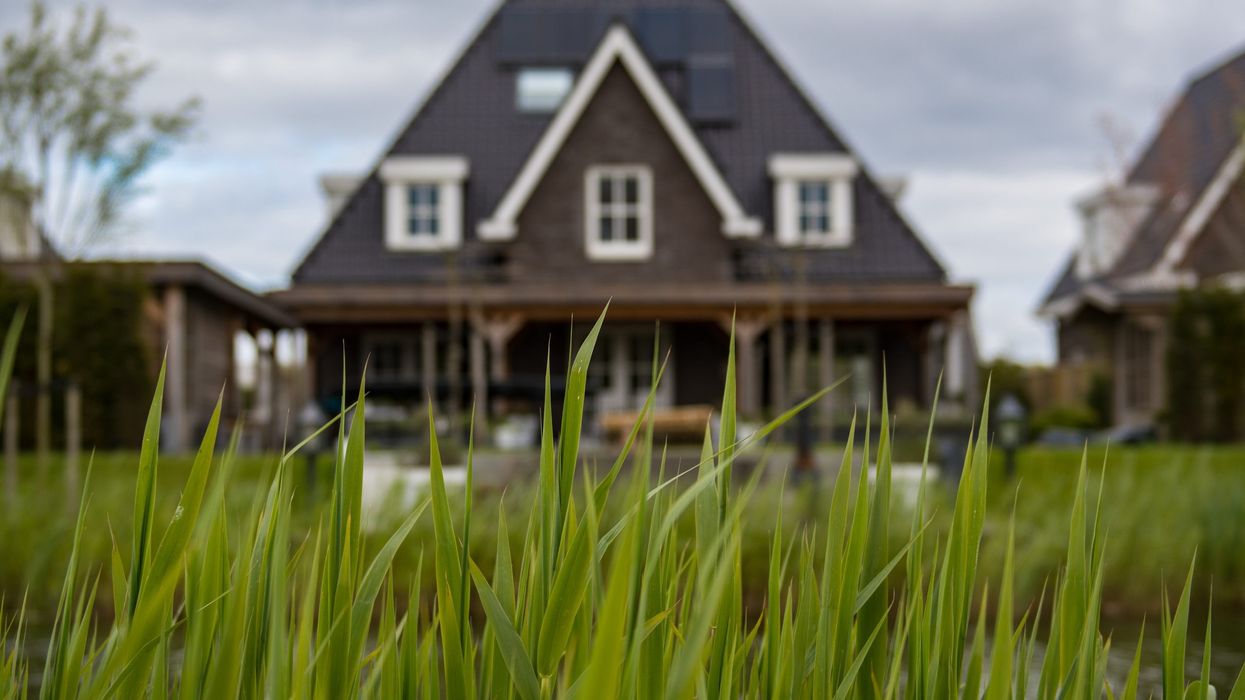While Canada’s urban centers are considered less dense than other major cities, the rush of the middle-class to the suburbs has definitely slowed. In part, this is due to young home buyers who are more attracted to a high walk score and close amenities compared to the baby boomer cohort. It’s also because suburban life is way out of reach price-wise.
READ: The Pros And Cons Of Renting-To-Own A Home In Toronto
HuffPostCanada built profiles of the typical first-time home buyer neighbourhood in three Canadian cities to show the giant discrepancy between what baby boomers would have gotten in the 1970s and what young people today get (well actually – they had to compare it to 2017 as that was the most recent data they had). Don’t worry though – the huge gap is still just as astronomical, if not more so today in 2019!
By compiling data on housing construction, first-time home buyer incomes (ages 25 to 34) and house prices, HuffPostCanada found that millennials can only afford a third of the space their boomer parents did. This one third of space will still cost millennials the same monthly payments because even accounting for inflation, there’s little difference in buyers’ monthly payments in 2017 and 1977.
But in mid-sized Canadian cities ― as the Halifax example shows ― affordability hasn’t deteriorated to nearly the same extent. Good luck finding employment though!
READ: Millennials Lost The ‘Birth Lottery’ When It Comes To Home Ownership
Long, long ago in the late 70s, an average-earning household in the 25 to 34 age range could afford a house of up to $340,000 (in 2017 dollars). Since the average selling price for residential properties at that time was $247,000, that meant first-time buyers could afford a typical suburban house at a jaw-dropping 2700 square feet.
However, income inflation comes nowhere near house price inflation, making home ownership almost completely out of reach for millennials. HuffPostCanada found that while housing prices tripled in places like Toronto between 1977 and 2017, incomes only rose by a measly 12 per cent.
In Vancouver, the situation isn’t much better. In this city, an average-earning first-time buyer household could afford an average-priced property in 1977: $306,000 in 2017 dollars. In fact, the average income for households actually fell by 6 per cent in Vancouver , while the average house price more than tripled.
READ: Paying Off Debt Is A Top Priority For Millennials In Canada
Like everywhere else on the continent, Vancouver was suburbanizing at the time, and an average house in one of the new suburban subdivisions had 2,180 square feet of living space. Now would-be suburbanites of any major Canadian city are forced to squeeze into condos, all while paying extra cash for an additional storage unit or parking space.
Baby boomer parents must be kicking themselves for not buying more real estate when it was dirt cheap. Now those with extra retirement savings have to dole out astronomical wads of cash for their millennial kids to buy houses.





















